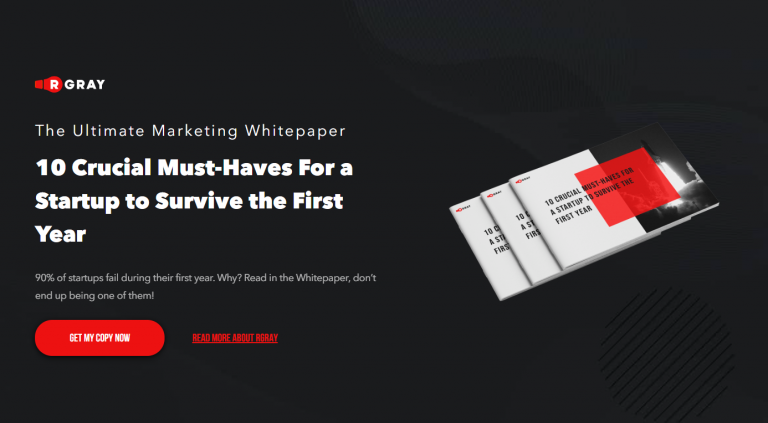7 Takeaways From CoinDesk Consensus 2019
CoinDesk Consensus, once the industry’s Woodstock, is turning into Las Vegas for monied tourists. With the price of admission starting at $699 and rising all the way up to mid-five-figures for various sponsorship packages, CoinDesk Consensus, although still a major industry event, is quickly turning into a trivial cash cow for the organizers. I get it, it’s only fair to want to belong to an elite club where you get to casually rub shoulders with blockchain royalty, have a book signed by Jimmy Song or watch Ron Paul give an interview behind a sturdy glass door. Take it from me, it does feel nice. But the obvious exclusivity of the gathering no longer works for the claimed value system of the blockchain community at large and the sharp decline in visitors this year could be construed as a compelling call to action: we had our fun in 2018, now let’s get to work.
In the future, security tokens SHOULD be issued on public blockchains. This was a popular topic on the margins of Consensus where the case for public chains remains strong. The power of the open source in terms of getting more people to build on top of it is as formidable today as ever due to the ERC20-driven ICO boom of 2017. And, what Ethereum gave us a few years back (an interoperability standard, wallets to custody new assets, etc.), public chains like Stellar and others are doing today much faster, and more efficiently.
…in that same future, security tokens probably WILL be issued on private chains. However, the financial industry is heavily regulated, and privacy is critical to institutions who manage hundreds of billions of capital, equity, and assets. One may sympathize with the initial promise of full transparency brought to us by the blockchain technology, but to see the space scale on the way to mass adoption, we should feel contented with institutions stepping in. For them, implementing the existing privacy solutions (Starkware, zk-SNARKs, MimbleWimble) as well as creating their own is going to be the only way they could accommodate large clients such as government funds, globally distributed private equity, family offices and others. Obviously, none of these organizations wants the rest of the world to be aware of their holdings, trades, and other operations.
We don’t have to start over, and we certainly don’t have to start from scratch. In June 2018, the SEC Commissioner Jay Clayton called the $19 trillion US securities market “the envy of the world” and refused to “do any violence to the traditional definition of a security that has worked for a long time” just because the crypto industry felt perplexed. Fair enough. As a result, today we have to rely on laws and regulations that have primarily been written in the early 30s and amended in the late 50s of the last century. It’s becoming apparent that such age-old institutions as custodianship, transfer agents, and a host of others must at some point become a thing of the distant past at least for some retail investors. Having said that, institutions will continue to need custodial solutions from the fiduciary standpoint – that’s not going to go away any time soon. But we will start seeing the parallel system we are building collapse some of its existing layers onto itself creating, for example, a legal and technological background for self-custodianship, advanced trading, additional layers of liquidity, and streamlining other features of the tokenized securities space.
At any rate, even based on existing rules, the traditional roles of custodians and transfer agents are going to evolve, and their functions are going to be performed by compliant platforms like Harbor, Polymath, Smartlands and others who are going to be tasked, among other things, with keeping track of the cap table and various other functions creating a more efficient version of the current system.
For the security token industry to scale, there must be “cancel” and “reissue/recovery of private keys” solutions. We’ve learned to appreciate the immutability aspect of Bitcoin, but regulated securities are a completely different case. Whether the compliance platforms will perform the reissue or whether they’re going to want to outsource that service to a third party (Sagewise), some form of key recovery is a must. The problem with that, however, is that a key recovery mechanism is a backdoor for hackers, so the execution needs to be done very carefully.
There’s no such thing as stifling innovation by stiffening regulation. Yes, the brain drain is a real thing: the stiffer regulations become, the more projects move to jurisdictions that allow them to keep their wings spread wide (I’m not necessarily talking about the crypto industry, the causality is the same with any overly regulated line of business). Although, in most cases, regulators will meet entrepreneurs in the middle and keep the enforcement actions targeted without any industry-wide binding proclamations. In any case, the industry will continue to develop.
We must find ways to generate liquidity. Soon. On April 16, I was at the Investor Property Show in London. The picture I saw was clear: asset tokenization is the wave of the future and whatever asset managers, owners, and investors know and think of it today, in a few years tokenizing an asset on a compliant platform will be as trivial as creating an e-trade account in 1998. In fact, we already have the infrastructure to make the supply of security tokens fairly robust. As a result, InWara reports a 130% increase in STOs in Q1 2019 compared to the same time period in 2018, but generating liquidity in late-stage equity is another very urgent issue. A lot of traditional investors are not yet comfortable with the involvement of crypto, platforms’ digital wallets, and other functions designed, ironically, to help ease purposeful but unwitting investors into the world of tokenized securities. We must soon find a way for them to not only buy securities online with ease but to trade them on secondary markets as effortlessly as they would put an old guitar on eBay.







